I have this image that was cropped from another image and I want to give this image as an input to image_to_string method:
import pytesseract
import cv2
num_plate = cv2.imread('E:\Images\car_plate222.jpeg' , cv2.IMREAD_GRAYSCALE)
pytesseract.pytesseract.tesseract_cmd = r'C:\Program Files\Tesseract-OCR\tesseract.exe'
cv2.dilate(num_plate, (15, 15), num_plate)
pytesseract.image_to_string(num_plate)
I used dilation for better performance, but it doesn't give me desired output (Sometimes gives me empty string and sometimes gives me weird output)
Does anybody know what's wrong?
